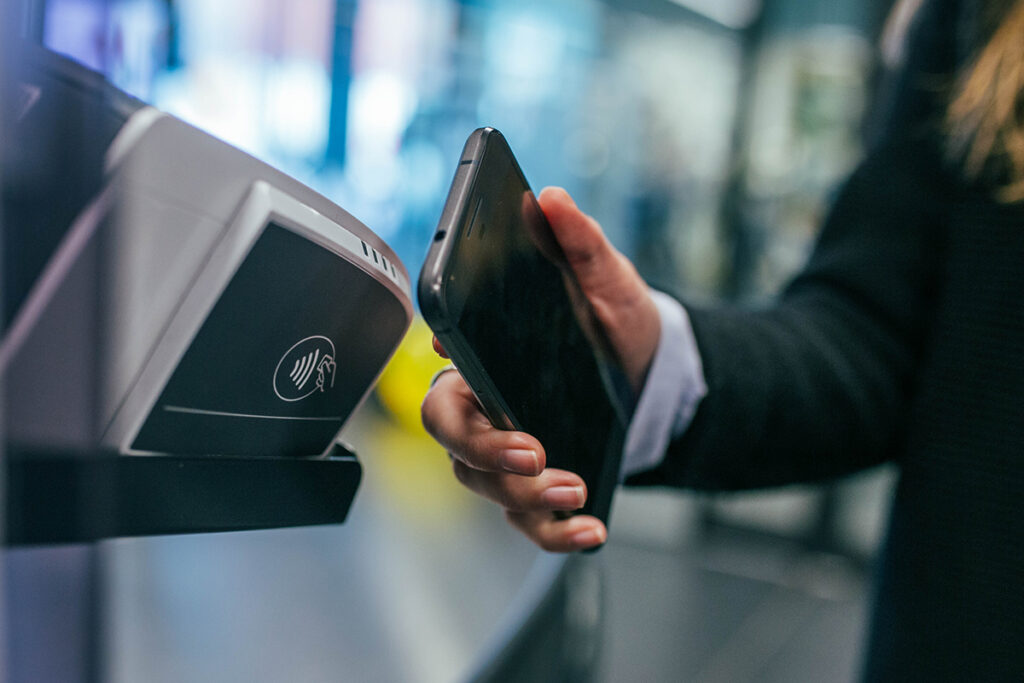
How will food outlets be affected by the digital payment revolution?
by Fintech News Singapore August 18, 20172017 has been yet another breakthrough year for digital payments. Alongside cryptocurrencies like Bitcoin rising to a record value, there’s been the rise of new mobile payments platforms like Grab that hope to offer us easier and safer ways to buy goods than ever before.
But whilst many of these methods have obvious advantages when buying goods online, they are facing a much tougher challenge in being accepted on our city streets.
It’s when we spend smaller amounts of money on items like food that there seems to be the greatest amount of opposition to the new generation of digital payment systems.
Although the Subway fast food outlet took many people by surprise when they announced that they would accept Bitcoin as a way of buying food, the majority of restaurants seem to be more sceptical of the new technologies.
Perhaps it is because it requires a fair amount of time and money to implement the hardware to deal with some of the new payment systems that smaller food outlets have been less willing to try the new technology.

mobile pay via Unsplash
But whilst some of Singapore’s hawker centres still will rely for a while on cash for the majority of food transactions, other food retailers in Singapore like Cold Storage, 7-Eleven and Jason’s have taken steps to allow Apple Pay smartphone technology to be used in their stores. (Also Read: Mixed response to cashless payment options at hawker centres )
And with a growing number of restaurants in this food-obsessed nation like Toast Box and Din Tai Fung also accepting Apple’s digital payment method, it seems like the days of cash are numbered.
Already food delivery companies like Deliveroo have abandoned cash in favour of card only payments across the whole of Singapore. And whilst you can still tip the delivery driver with cash, such payment methods are looking to be obsolete.
It’s clear that making the shift away from cash methods is going to be more efficient, safer and cleaner than handling coins and banknotes. And whilst there will always be older generations who will want to hang on to cash, it seems that digital payments offers almost limitless benefits for restaurants and food retailers.
So that whether it’s using a contact-less card payment to quickly buy some groceries, or making an online payment to have some food delivered, it seems as though cash is a rapidly becoming a relic of the 20th century.
Featured image: Chinatown, Singapore via Unsplash







